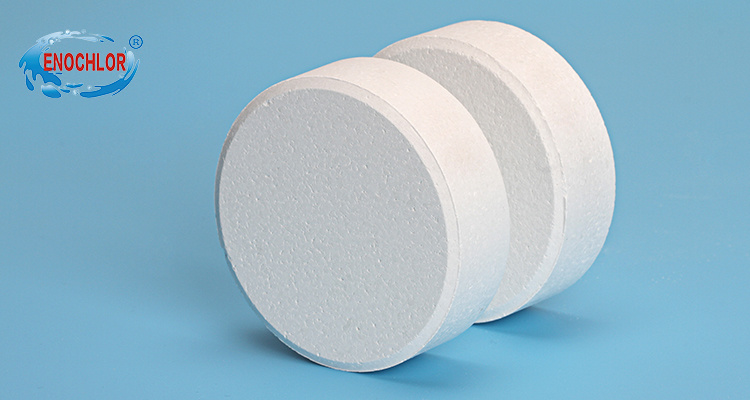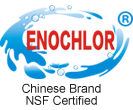28
2025
-
03
TCCA Disinfectant: Unlocking the scientific code behind efficient sterilization in the water treatment industry
In today's increasing public health awareness, the choice of disinfectants is directly related to water quality safety, operating costs and environmental responsibility. And a compound called TCCA (trichloroisocyanuric acid) is causing a "silent revolution" in drinking water treatment, pool maintenance and even agricultural elimination around the world. This article will give you an in-depth understanding of the technical logic and industry trends behind this "invisible guard" to help you seize the opportunity in the disinfection program decision.

1.How does TCCA break the traditional disinfection dilemma?
As a highly effective A1 disinfectant recommended by the World Health Organization (WHO), TCCA has an effective chlorine content of up to 90%, which is more than three times that of liquid chlorine. This means that for the same 10,000 tons of water eliminated, transportation and storage costs using TCCA can be reduced by 65%. More importantly, its unique slow-release technology can continue to release hypochlorous acid in water for 8-12 hours, completely solving the pain points of traditional chlorine preparations "initial concentration is too high, and late failure is fast".
The measured data of a large-scale circulating water farm showed that the infection rate of vibrio dropped from 17% to 0.3% after TCCA tablets were used, and the stress response of fish was reduced by 40%. This is due to its PH neutral characteristics, avoiding the damage of strong acidic disinfectants on biological mucosa.
2. Innovative applications under public health crisis
During an outbreak of dengue fever in Southeast Asia in 2023, the Malaysian Ministry of Health innovatively made TCCA into a slow-release gel and applied it to the surface of community drains. This "contact extermination" has increased the mosquito larvae killing rate to 99.8%, and the duration of action is up to 72 hours, which is 80% less than the traditional method of spraying chlorine.
What is more exciting is that the latest study by the CDC in the United States found that TCCA has a 99.99% inactivation efficiency of the new coronavirus at a concentration of 4ppm, and does not produce carcinogenic by-product trichloromethane. This provides a new idea for the elimination of air circulating water system in large venues.
3. The three Golden Rules of TCCA
Crystal detection: high-quality TCCA should show uniform snowflake crystals with a particle size between 20-40 mesh. It can be dissolved in cold water, and if it disintegrates completely within 5 minutes, it proves that the process meets the standard.
Coating technology: The slow-release tablets coated with hydroxypropyl methylcellulose (HPMC) can maintain a stable release rate at different water temperatures. Simple test method: The tablet is placed in water at 40℃, and the qualified product should form a complete dissolution ring in 30-45 minutes.
Impurity control: The supplier is required to provide a test report of cyanuric acid content, which should be less than 0.5%. Excess residue will combine with chlorine to form an inert substance, resulting in the phenomenon of "false available chlorine".
4.Environmental myths and facts
In response to the environmental issues of concern to the industry, the latest assessment of the EU REACH certification body shows that the decomposition products of TCCA used in regulation are carbon dioxide, nitrogen and water, and the semi-lethal concentration (LC50) of aquatic organisms is > 100mg/L, which is actually non-toxic. However, it is important to note that mixing with ammonia cleaners will produce toxic chloramines, which requires the operator to be professionally trained.
In the pursuit of precision and intelligent disinfection today, TCCA is evolving from "basic chemicals" to "scenario-based solutions". Whether it is the automatic dosing device for smart water systems or the controlled release disinfection patch in cold chain logistics, this technology, which was born in 1956, is enjoying a new life. If you're looking for a solution that balances cost, efficiency, and safety, now might be the perfect time to rediscover TCCA.
2023-04-14







